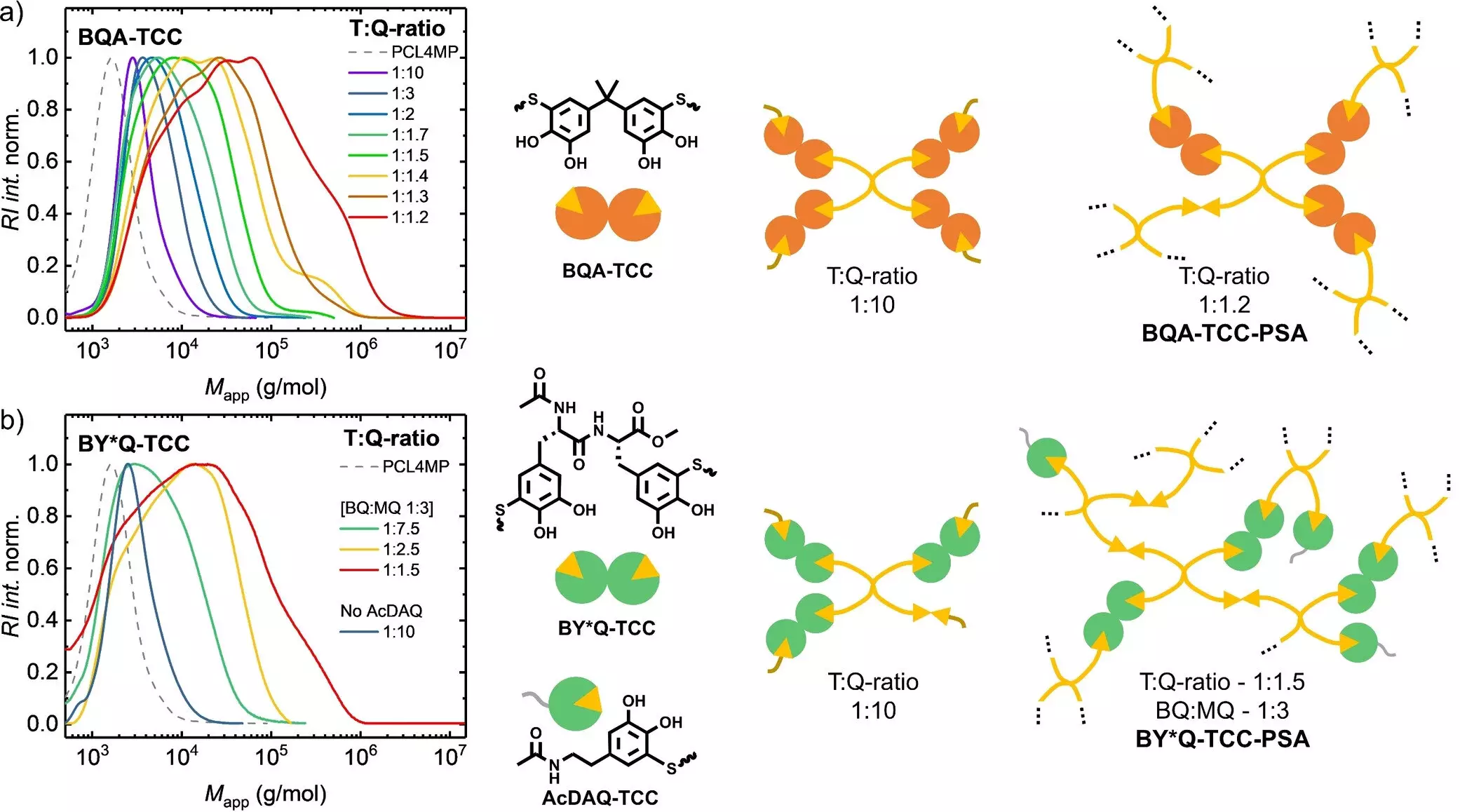The world of technology is entering an era where sustainability and eco-efficiency are becoming increasingly important. As modern integrated microelectronic devices proliferate, they often present significant challenges when it comes to repairability and recyclability. The need for innovative solutions has led researchers to explore new materials, particularly debondable adhesives, which are playing a critical role in shifting towards a circular economy. This article delves into the recent advancements in triggered adhesive technologies inspired by mussels, showcasing their potential for sustainable resource use and waste reduction.
The Challenge of E-Waste
Electronic waste (e-waste) is a growing global concern, with millions of tons being generated each year. Integrated microelectronic devices, especially those that are tightly bonded and sealed, contribute considerably to this issue. Conventional adhesives used in electronics often result in products that are difficult, if not impossible, to recycle or repair. This issue not only leads to increased landfill waste but also burdens the environment through the depletion of natural resources. Therefore, researchers are tasked with developing materials that not only serve their purpose effectively but also align with sustainable principles.
Inspiration from Nature
The solution may lie in the natural world, particularly with the biomimicry seen in mussels. Mussels are known for their remarkable ability to adhere to various surfaces underwater thanks to their specialized adhesive proteins. By imitating the adhesive properties of these marine organisms, scientists have begun to formulate novel adhesives that boast both strength and reversibility. The recent study published in Angewandte Chemie reveals a breakthrough in adhesive technology, stemming from a deeper understanding of the mechanisms behind mussel adhesion.
Mechanisms of Mussel-Inspired Adhesives
The new adhesives developed by a collaboration of researchers from various institutions utilize thiol-catechol polyaddition, which forms robust polymer networks with adhesive capabilities. The unique aspect of these new adhesives is their ability to deactivate “on command.” By oxidizing the catechol groups in these adhesives into less adhesive quinones, the adhesion strength can be significantly reduced. Such control mechanisms are essential for efficient material recovery and repair processes.
The research teams, including prominent universities and institutions, have successfully synthesized two types of thiol-catechol adhesives: one derived from biobased, peptidic diDOPA precursors found in mussels and another sourced from fossil-based materials. This pairing allows for a comparative analysis of their respective properties and performance under various conditions, including underwater applications, which is critical for future uses in electronics.
A profound finding from the research is the performance difference between biobased and fossil-based adhesives. The biobased variant shows remarkable resilience against environmental factors such as atmospheric oxygen and weak oxidizing agents, maintaining strong adhesion even when submerged. However, exposure to stronger oxidizing agents, like sodium periodate, results in an easy and cleaner removal process for the adhesive residues.
Contrarily, while the fossil-based adhesive also demonstrated a similar ability to deactivate, its hydrophobic nature was found to complicate the deactivation process, resulting in only a 60% reduction in adhesion strength. This contrast highlights the multifunctionality present in biomaterials, where the deactivation of critical adhesion properties occurs without significantly altering other functionalities.
The implications of these research findings are considerable. The adoption of such intelligent adhesive technologies is poised to revolutionize the repair and recycling of electronic devices. Imagine a future where smartphones and computers can be repaired easily, extending their lifecycle and minimizing e-waste. As the research consortium aims to further advance their methods, the potential shift from chemical to electrochemical oxidation represents an exciting avenue, particularly for consumer electronics.
As we face the pressing challenges of sustainable development, innovations like these mussel-inspired adhesives highlight the intersection of nature and technology. By prioritizing materials that are not only effective but also promote an eco-friendly lifecycle, this approach could significantly contribute to a more sustainable future, paving the way for intelligent repair and recycling practices in the electronic industry.


Leave a Reply